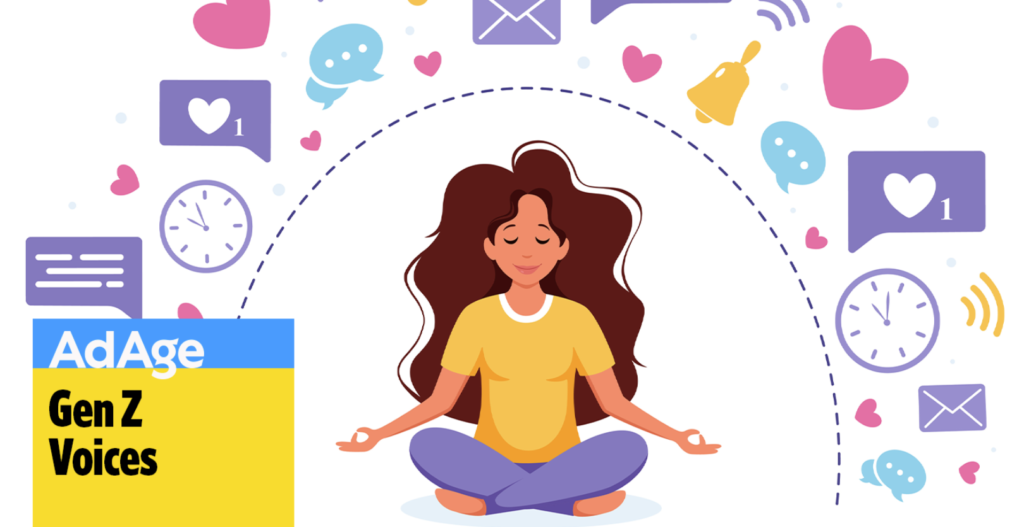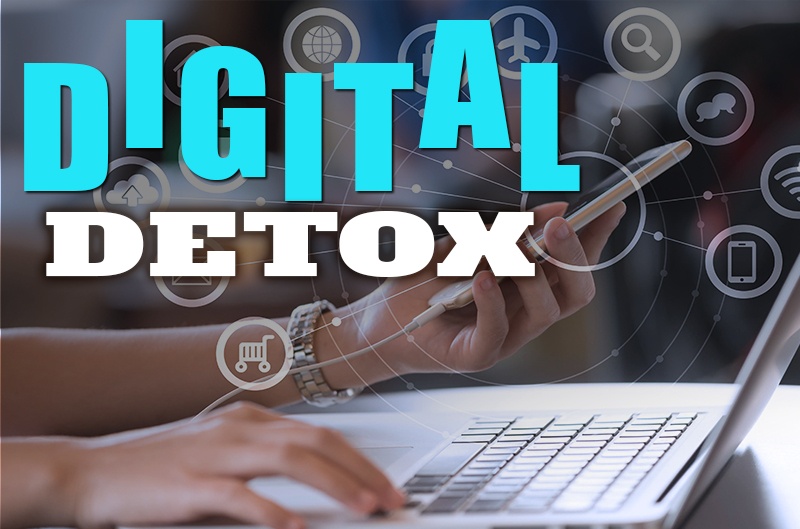
As digital fatigue becomes a global phenomenon, more people are intentionally unplugging. The rise of wellness culture, mental health awareness, and device overload has led to the steady growth of digital detox trends. But what does this mean for marketers? At DigiSwarm, the best digital marketing agency helping brands navigate a shifting digital landscape, we believe Digital Detox Marketing is not just a challenge—it’s a strategic opportunity.
What Is Digital Detox Marketing?
Digital Detox Marketing refers to adapting your marketing strategy to account for users who are spending less time online or taking periodic breaks from digital devices. As people step back from screens, marketers must reconsider how they maintain brand presence, deliver value, and avoid digital fatigue.
Rather than increasing frequency, Digital Detox Marketing is about improving intent, relevance, and emotional alignment. It means being present where it matters, without overwhelming your audience.
Why Digital Detox Trends Are on the Rise
Several cultural and technological shifts are driving the growth of digital detox behavior:
-
Burnout and mental fatigue from screen time
-
Global wellness movement prioritizing mindfulness
-
Pushback against algorithm-driven content and constant notifications
-
Sustainability consciousness, including digital minimalism
-
Device-free retreats and offline experiences are gaining traction
These changes are reshaping consumer habits, and marketers must evolve their approach with smart Digital Detox trend strategies.
The Impact of Digital Detox Trends on Marketing
As people detox from digital, traditional digital marketing channels (like social media ads, email campaigns, and push notifications) face new challenges:
-
Lower engagement rates
-
Shorter screen time sessions
-
Increased ad fatigue
-
Ad blockers and unsubscribe surges
This doesn’t mean digital is dead—it means marketers must shift from volume to value. At DigiSwarm, we guide brands through this new landscape using adaptive Digital Detox trends techniques.
Smart Digital Detox Marketing Strategies
To stay relevant in a detox-aware era, marketers should consider:
1. Quality Over Quantity: Reduce the frequency of communications but increase their depth and personalization. Weekly newsletters with curated content can outperform daily promotions.
2. Offline Integration: Use print media, branded merchandise, event marketing, or direct mail to engage with detoxing users in the real world.
3. Mindful Content Design: Avoid overwhelming visuals and opt for calming, intentional, wellness-focused content in your digital spaces.
4. Respect User Boundaries: Let users choose when and how they hear from you. Opt-in settings, quiet hours, and non-intrusive ads are key.
5. Omnichannel Diversification: Incorporate SMS, podcasts, community apps, and local marketing—less algorithm-heavy channels that align with Digital Detox Marketing values.

Real-Life Example: Wellness Brand Strategy
A health-focused lifestyle brand partnered with DigiSwarm to align its marketing with digital detox behavior. We shifted their strategy to:
-
Send bi-weekly, value-packed emails instead of daily blasts
-
Launch a printable, self-care journal (lead magnet)
-
Partner with wellness retreats and include QR code-based offers
-
Use calm, natural design across social media
Results in 8 weeks:
-
60% increase in email open rates
-
35% more downloads of long-form content
-
Higher time-on-site on detox-aligned landing pages
This case shows how Digital Detox trends can deepen relationships, not just drive clicks.
Channels Aligned with Digital Detox Marketing
Some marketing channels naturally align better with detox-conscious audiences:
-
Podcasts: On-demand, audio-based, screen-free content
-
SMS & WhatsApp: More personal, permission-based outreach
-
Physical events & workshops: Drive authentic, offline engagement
-
Newsletters: Curated, inbox-respecting content
-
Pinterest & Blogs: Lower-stimulation platforms with evergreen content
DigiSwarm helps brands realign their content strategy with detox-compatible channels to maintain relevance.
Mistakes to Avoid in Digital Detox Marketing
-
Assuming more noise equals more impact
-
Using fear-based tactics to grab attention
-
Over-automating your outreach
-
Ignoring opt-out signals or frequency fatigue
-
Failing to offer non-digital engagement options
Respect and sustainability are the foundation of successful Digital Detox Marketing.

Outdated but Useful Resources
Some older resources still provide insight into the philosophy of digital balance:
-
Digital Minimalism by Cal Newport (2019)
-
Google’s Digital Wellbeing Tools (2020)
-
Mindful Tech Practices Guide (2018)
Though dated, these guides help inform modern Digital Detox trends with timeless user psychology insights.
The Future of Digital Detox Marketing
Looking forward, we expect:
-
AI tools that detect digital fatigue and adjust delivery timing
-
Brand-owned micro-communities with built-in quiet periods
-
More brands promoting digital balance as part of CSR
-
Voice-first content for screen-free engagement
-
Offline loyalty programs with QR-based digital bridges
DigiSwarm is actively developing detox-friendly frameworks for client campaigns that respect both attention and intent.
Conclusion
Digital Detox trends are not about doing less—it’s about doing better. In a world where attention is sacred, marketers who respect boundaries and deliver meaningful content will win long-term loyalty. At DigiSwarm, the best digital marketing agency, we help brands build sustainable strategies that thrive in both digital and detoxed worlds. Want to market with mindfulness and impact? Let’s evolve your strategy for the attention economy of tomorrow.
